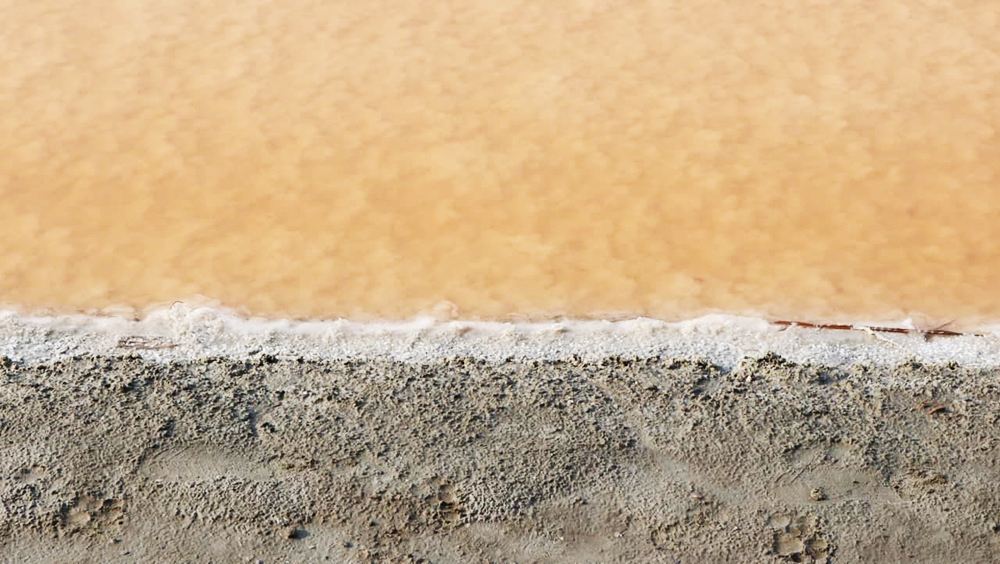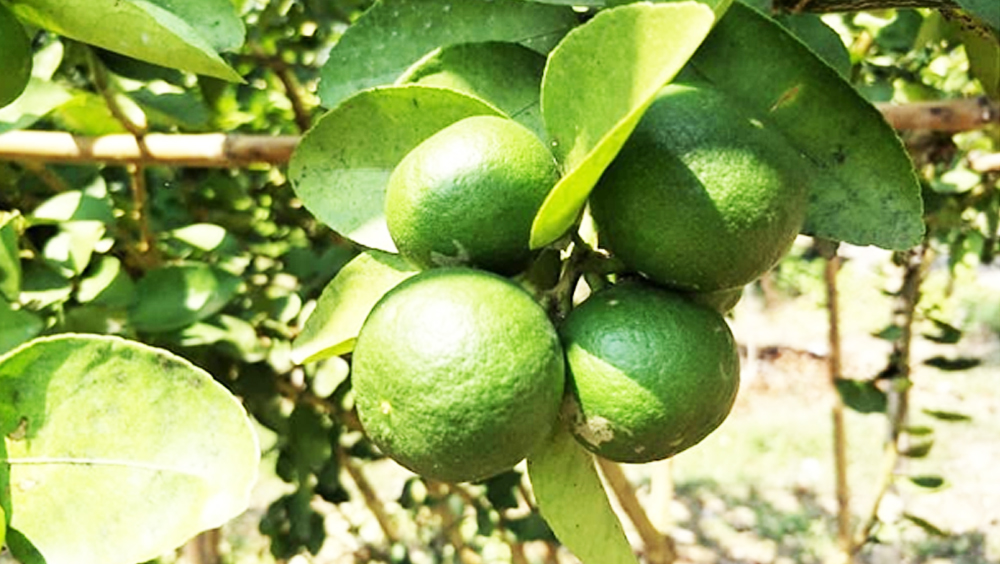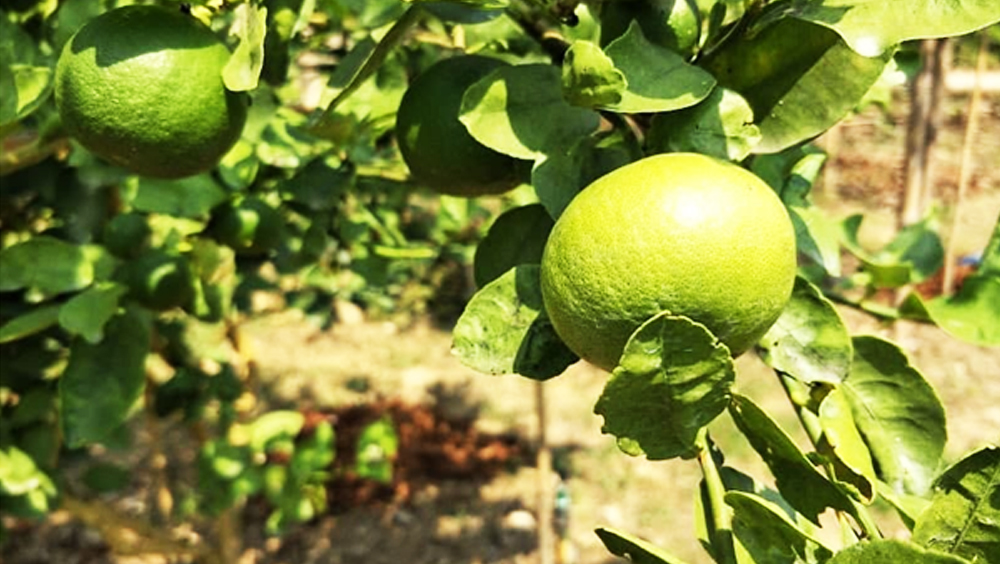Phetchaburi: A City Full of Flavors
Get to know Phetchaburi province, its famous tourist attractions, and local products that make the province known as “a city of 3 flavors”.

Phetchaburi is a province rich in cultures, local ways of life, and natural resources. Apart from popular tourist sites and beaches, Phetchaburi is also well-known for its delicious dishes full of 3 distinct flavors that are salty, sour, and sweet. The Designated Areas for Sustainable Tourism Administration (Public Organization) or DASTA (office 8 – west coast) has developed the tourism in Phetchaburi by connecting a community-based tourism with major tourist spots in the province. DASTA has also arranged various types of activities for different groups of visitors – families, field trip groups, eco-friendly groups, etc. - to take part in and experience the local ways of life. The objectives of this plan are to encourage the visitors to travel to other different places throughout the province and to emphasize the conservation of natural resources.
Fascinating Flavors on the Fertile Land of Phetchaburi
From then till now, the fertility of the land in Phetchaburi province has been yielding a variety of plants and crops as can be seen through a white expanse of salt farms, lime orchards, and lines of lofty toddy palm trees. When fresh, high-quality ingredients combine with handed-down local knowledge, the result is nothing but the fascinating salty, sour, and sweet flavors reflecting authentic identities and cultures of the province.
- Salty Flavor from Ban Laem, the Capital City of Salt
Along both sides of Khlong Khon – Bangtaboon Road leading to Ban Laem district of Phetchaburi province, an endless picture of salt farms squared by earthen dykes can be seen. The blue sky is reflected on the water surface of the salt farms, resembling an open sea, except that this sea has no waves and does not make any sound. During the dry season of every year, the local people will shovel salt and carry it to store in a large granary. Three important factors in farming salt are seawater, wind currents, and sunlight. The first step of farming salt is to trap the seawater on the farm until the salinity level reaches 20 – 24 degrees which takes approximately 25 days. Once the salt is crystallized, the farmers will use a wooden stick to break the crystallized salt into pieces. Then, they will sweep these pieces of salt together to form piles and leave them to completely dry out. After this step, we will get to see the familiar white salt found in our kitchens and dining tables.

If we had not visited the salt farm in Phetchaburi this time, we would not have known about all the processes behind each grain of salt - from land leveling, trapping seawater in “Na Tark” (sun-dried field) to releasing seawater to “Na Plong” (harvest field). Every process requires a great amount of patience; for example, waiting for the salt in seawater to crystallize and human labor to work and carry a hefty amount of salt under a hot sun. All of these steps and details have made us realized that it is never easy to produce and farm salt.

Not only have we seen the local knowledge used in salt farming, but a product from salt such as “fleur de sel” or the flower of salt is also one of the most valuable items. The local people in Ban Laem district have adapted and added value to the fleur de sel by mixing it with local Thai herbs and making it into beauty products under the name of “Kanghuntong”. This is an excellent example of adding value to the local products to generate jobs and incomes as well as elevating the quality of life to the community and its members.

- Sweet Flavor from Toddy Palm Tree, an Industrial Crop of Phetchaburi
Since Phetchaburi has the highest number of toddy palm tree plantations in the country, it is no surprise why palm sugar from the province has been praised as the best in Thailand. With naturally sweet flavor and smell, we can guarantee that Phetchaburi’s palm sugar is of high quality.
“Uncle Tanom’s Toddy Palm Plantation” in Ban Lat district is the only toddy palm tree conservation group in the province which welcomes the visitors to come and learn about the local knowledge and the plant itself. This community is still abundant in natural resources such as mountains, forests, and a river, making it the perfect location for growing toddy palm trees. What you will see once stepping into this plantation is an unbreakable bond between the locals and the palm trees. The palm trees are part of their lives and cuisine since the early days. Hence, for people of Phetchaburi, the toddy palm tree is not just an indigenous plant, but it tells stories of the long-lasting connection between the locals and the trees.


The palm sugar from the toddy palm trees is one of the key ingredients in the making of several Thai desserts. Aside from being a learning center about toddy palm trees, this plantation owned by Uncle Tanom also educates every visitor about the benefits of the palm trees and demonstrates how to harvest toddy palm tree fruits and how to make palm sugar.


- Sour Flavor from Tha Yang and Ban Lat, the Most Famous Lime Orchards in the Country
Lime or key lime is a number-one agricultural product of Tha Yang and Ban Lat districts. The quality of limes from Phetchaburi is second to none thanks to a warm weather and an effective irrigation system. Other than that, a sandy loam soil in Phetchaburi province also contributes to a unique citrusy aroma of the lime which makes it popular among consumers.

The distinctive characteristics that differentiate Phetchaburi-grown limes from those of other provinces are that the limes grown in Phetchaburi are big and round with clear white pulps. They are very juicy and have less seeds. The lime trees in Phetchaburi usually produce bushy flowers and the taste of lime juice is not too sharp but rather pleasantly tangy with the unique citrusy smell.

Farmers of each lime orchard will take a really good care of their lime trees. Some of the orchards are open for the visitors to learn about the plant and how to grow it. Lime is an important ingredient in many Thai dishes and it is always in demand. With these reasons, the number of lime trees and orchards is increasing in Phetchaburi province, especially in Tha Yang, Kaeng Krachan, Ban Lat and other districts.


Having known for these 3 unique flavors, Phetchaburi province has been entitled by DASTA (office 8) to be a role model community for a creativity-based tourism. This type of tourism helps connect communities with tourism operators/entrepreneurs to develop the tourist attractions to meet international standards and, at the same time, thoroughly distribute incomes to local communities.
source
เฟซบุ๊ก สวนตาลลุงถนอม ต.ถ้ำรงค์ จ.เพชรบุรี
เฟซบุ๊ก ยุ้งเกลือ บ้านแหลม



 Share
Share
 1701395640
1701395640



